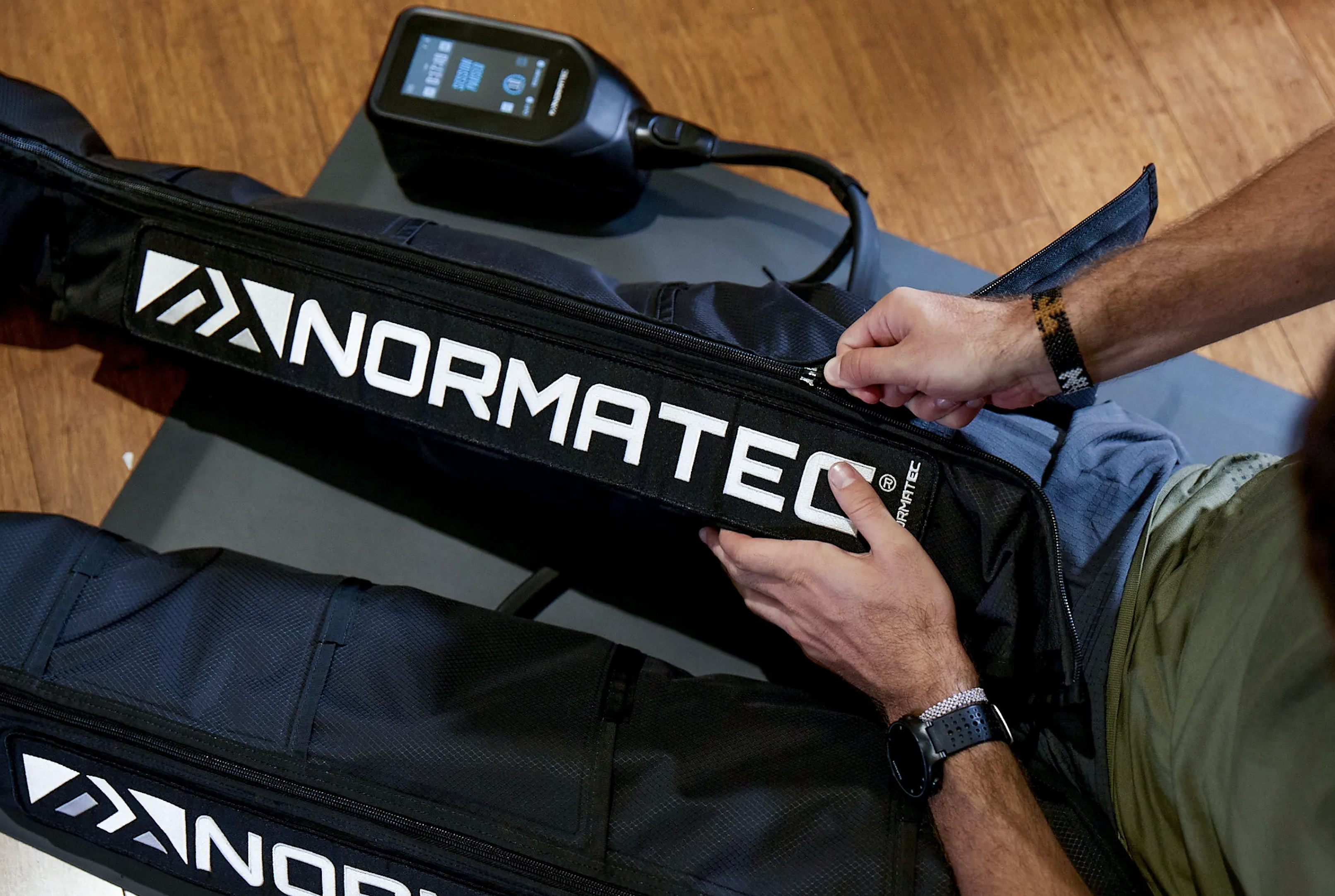Varicose veins are often a source of embarrassment or self-consciousness, but they are far from just a cosmetic concern. Varicose veins can cause symptoms ranging from mild discomfort to debilitating pain, making living a normal day-to-day life challenging.
This article will look at what causes varicose veins and ideas on how you can treat them.
What are Varicose Veins?
The human circulatory system consists of two channels that work in parallel. The first channel is the arteries, which carry oxygenated blood from the heart throughout the body. The second channel network is comprised of veins, which carry deoxygenated blood back to the heart.
Veins have valves that open and close, facilitating the blood’s movement. When these valves become damaged or weakened – typically because of the aging process – the blood cannot completely drain out of the veins. When a vein retains the blood, the blood begins to pool, appearing on the skin’s surface as a blueish red or purple bruise. The veins then stretch, twist, and push out.
Signs of varicose veins include:
* Bulging veins
* Discolored veins (blue, red, purple)
* Swelling around the veins
* Severe pain and leg cramps
* Itchiness and heavy feelings in the leg
Varicose Vein Treatments
Surgeries may be the recommended course of action for the most severe varicose vein cases. Non-invasive surgeries are also available to find relief from these bulging veins. Practitioners may also recommend pain management using compression therapy.
Compression therapy helps ease or eliminate the pain that varicose veins may cause. Compression can also help to minimize the reddish-blue coloration of the veins, which may cause a patient to feel self-conscious.
Will Compression Stockings Cure Varicose Veins?
Compression stockings have traditionally been utilized to improve blood circulation. The socks are designed to exert significant and consistent pressure on the legs and around the ankle, which gets the blood moving and sends it back to the heart. The stockings feature a sophisticated weave pattern that permits the leg to breathe.
Compression socks go a long way to easing the pain associated with varicose veins. However, most physicians agree that they cannot cure varicose veins, meaning that surgery of some kind may be necessary. Research shows that compression socks effectively reduce foot swelling in pregnant women as well.
There are three basic levels of compression stockings. Support pantyhose may be sufficient for those whose veins are not yet too painful or pronounced. Over-the-counter compression stockings are available at pharmacies and provide more support than standard hose. Finally, prescription compression socks are fitted by a specialist and exert the highest amount of pressure without being too tight.
Compression Leg Therapy
Massage therapy can significantly benefit those suffering from pain from varicose veins. When utilized as leg compression therapy, this technique can prove vital for overall health and recovery.
Compression therapy treats or prevents swelling that a variety of situations may cause – from wound healing to varicose veins and heaviness in the legs. Compression therapy is also an excellent benefit for a pre-workout warmup and post-workout recovery.
Research has revealed that compression treatments minimize inflammation, enhance range of motion, ease muscle aches and pains, boost circulation, and flush out lactic acid. When performed proactively, leg compression therapy may help prevent the onset of varicose veins.
Leg compression technology improves blood flow and circulation, promotes healing and recovery, and decreases muscle fatigue. This holistic and non-invasive treatment will help you play longer, heal more quickly and enjoy better health overall.
If you are looking for a professional facility to receive holistic and natural solutions to your health concerns, call the Longevity Wellness Clinic of Sarasota.



